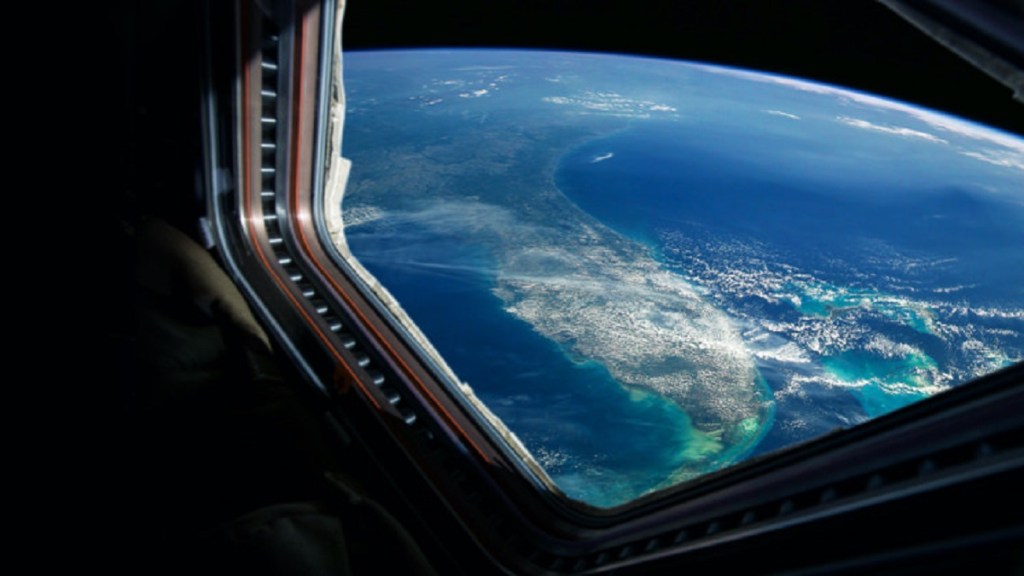ISRO to have a space station by 2035? Here’s what India’s celestial future looks like
It is envisioned that this space station will be significantly smaller than its international counterparts, weighing approximately 20 tonnes, in stark contrast to the International Space Station’s 450 tonnes and the Chinese Tiangong Space Station’s 100 tonnes.
In a landmark announcement, Prime Minister Narendra Modi revealed an ambitious vision for the country’s space endeavors. Just two months after celebrating the successful lunar landing and launching a mission to explore the Sun, Modi outlined a roadmap for India’s future in space.
During a high-level meeting convened to review the Gaganyaan Mission – ISRO’s human spaceflight program – and set the course for India’s space exploration efforts, the Prime Minister disclosed two groundbreaking goals. By 2035, India aims to establish its very own space station, a project tentatively named the ‘Bharatiya Antariksha Station’ or Indian Space Station. Moreover, India aspires to send its first astronaut to the Moon by 2040.
This pivotal development in India’s space journey can be traced back to 2019 when the then-ISRO Chief, K Sivan, hinted at the possibility of an Indian space station. It is envisioned that this space station will be significantly smaller than its international counterparts, weighing approximately 20 tonnes, in stark contrast to the International Space Station’s 450 tonnes and the Chinese Tiangong Space Station’s 100 tonnes.
ALSO READ
Chandrayaan-3: ISRO’s dormant lunar mission faces new challenges on the Moon – Details here

International day of forests: Collaborative effort to help save our forests

‘Devil comet’ 3 times bigger than Mt Everest is hurtling towards Earth! Know when it will reach us

ISRO successfully launches unmanned Gaganyaan test flight, escape module touches down in Bay of Bengal; video surfaces
India’s space exploration
These ambitious directives have garnered significant attention, marking a historic step in India’s pursuit of excellence in space science and exploration. But that’s not all. Prime Minister Modi also challenged India’s scientific community to work towards a Venus Orbiter Mission and a Mars Lander Mission, further underscoring the country’s determination to become a formidable player in space exploration.
To achieve these visionary space missions, India’s Department of Space has been entrusted with the task of developing a comprehensive roadmap for lunar exploration, emphasizing a sequence of Chandrayaan missions. These missions, building on the recent success of Chandrayaan-3 and Aditya L1, are expected to culminate in the return of lunar samples – a significant feat that will advance our understanding of the Moon and the solar system.
Several project on the card
Additionally, the Indian Space Research Organization (ISRO) will embark on a series of pioneering endeavors. This includes the development of a next-generation launch vehicle, a new launch pad, and state-of-the-art human-centric laboratories and technologies, such as a human-rated launch vehicle, crew escape system, space suits, and systems to maintain the environment within the crew module. These groundbreaking technologies are being developed for the first time as part of the Gaganyaan mission.
The announcement of three uncrewed missions within the Gaganyaan program is noteworthy, as it goes beyond the initial plan of two such missions preceding the final mission with astronauts. This change underscores India’s commitment to meticulous testing and preparation to ensure a successful human spaceflight.

No comments:
Post a Comment